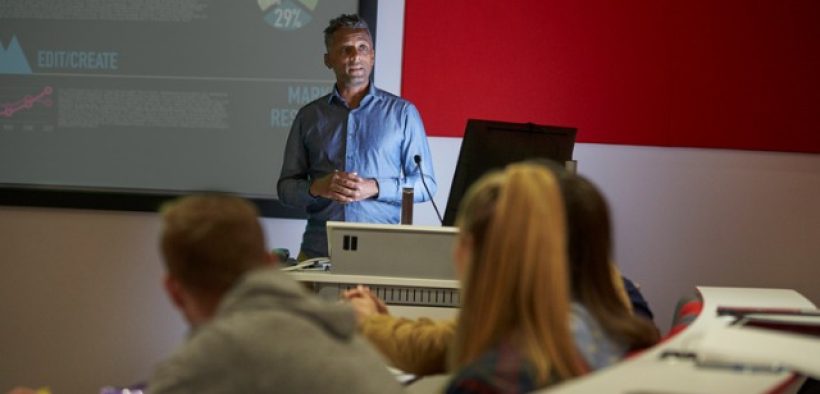Last week I tried to write a blog post about research article reviews—those quantitative, qualitative, or narrative summaries of where the research stands on a given issue. I couldn’t make the post work. It ended up being a tirade about the disconnect between research and practice.
But I’m back at it this week, finding my way via an old article. For years, I’ve used Stanford education professor Elliot Eisner’s description of teachers as those who “orchestrate” learning. Seeing a reference to it motivated me to look up the Eisner article and reread it. Looking back, I think that’s the article that first made me aware of the complexities involved in teaching.
What SoTL Research Does and Doesn’t Give Us

Related Articles
I have two loves: teaching and learning. Although I love them for different reasons, I’ve been passionate about...
Active learning is a mostly meaningless educational buzzword. It’s a feel-good, intuitively popular term that indicates concern for...
Perhaps the earliest introduction a student has with a course is the syllabus as it’s generally the first...
Generative AI allows instructors to create interactive, self-directed review activities for their courses. The beauty of these activities...
I’ve often felt that a teacher’s life is suspended, Janus-like, between past experiences and future hopes; it’s only...
I teach first-year writing at a small liberal arts college, and on the first day of class, I...
Proponents of rubrics champion them as a means of ensuring consistency in grading, not only between students within...








